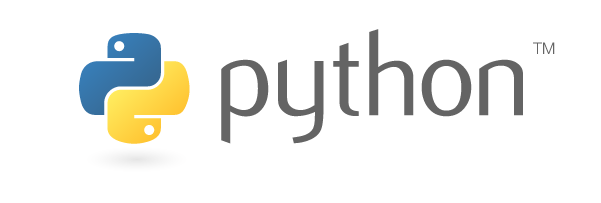Understanding Types in Python: A Comprehensive Guide
Python is a dynamically typed, high-level programming language known for its simplicity and readability. One of the key features that makes Python so versatile is its robust type system. In this article, we’ll explore the different types in Python, how they work, and why they are important.
1. What Are Types in Python?
In programming, a type defines the kind of data a variable can hold and the operations that can be performed on it. Python is dynamically typed, meaning you don’t need to explicitly declare the type of a variable. The interpreter automatically infers the type based on the value assigned to the variable.
For example:
x = 42 # x is an integer y = "Hello" # y is a string z = 3.14 # z is a float
Python’s type system is flexible and supports a wide range of data types, from simple primitives to complex data structures.
2. Built-in Types in Python
Python provides several built-in types, which can be categorized into the following groups:
2.1 Numeric Types
Numeric types represent numbers and support arithmetic operations.
int: Represents integers (e.g.,42,-7).float: Represents floating-point numbers (e.g.,3.14,-0.001).complex: Represents complex numbers (e.g.,1 + 2j).
Example:
a = 10 # int b = 20.5 # float c = 1 + 2j # complex
2.2 Sequence Types
Sequence types represent ordered collections of items.
str: Represents a sequence of characters (e.g.,"Hello").list: Represents a mutable sequence of items (e.g.,[1, 2, 3]).tuple: Represents an immutable sequence of items (e.g.,(1, 2, 3)).
Example:
s = "Python" # str l = [1, 2, 3] # list t = (4, 5, 6) # tuple
2.3 Mapping Types
Mapping types represent collections of key-value pairs.
dict: Represents a mutable collection of key-value pairs (e.g.,{"name": "Alice", "age": 25}).
Example:
d = {"name": "Alice", "age": 25} # dict
2.4 Set Types
Set types represent unordered collections of unique items.
set: Represents a mutable set (e.g.,{1, 2, 3}).frozenset: Represents an immutable set (e.g.,frozenset({1, 2, 3})).
Example:
s1 = {1, 2, 3} # set s2 = frozenset({4, 5, 6}) # frozenset
2.5 Boolean Type
The boolean type represents truth values.
bool: RepresentsTrueorFalse.
Example:
is_valid = True # bool
2.6 None Type
The None type represents the absence of a value.
NoneType: RepresentsNone.
Example:
result = None # NoneType
3. Type Checking and Conversion
3.1 Type Checking
You can check the type of a variable using the type() function or the isinstance() function.
Example:
x = 42 print(type(x)) # <class 'int'> print(isinstance(x, int)) # True
3.2 Type Conversion
Python allows you to convert between types using built-in functions like int(), float(), str(), etc.
Example:
x = "42" y = int(x) # Convert string to integer print(y) # 42
4. Mutable vs Immutable Types
In Python, types can be categorized as mutable or immutable based on whether their value can be changed after creation.
4.1 Immutable Types
Immutable types cannot be modified after creation. Examples include:
int,float,complexstrtuplefrozenset
Example:
s = "Hello" # s[0] = 'h' # This will raise an error
4.2 Mutable Types
Mutable types can be modified after creation. Examples include:
listdictset
Example:
l = [1, 2, 3] l[0] = 10 # This is allowed print(l) # [10, 2, 3]
5. Custom Types: Classes
Python allows you to define custom types using classes. A class is a blueprint for creating objects with specific attributes and methods.
Example:
class Person: def __init__(self, name, age): self.name = name self.age = age def greet(self): print(f"Hello, my name is {self.name}") p = Person("Alice", 25) p.greet() # Hello, my name is Alice
6. Type Annotations (Python 3.5+)
Python 3.5 introduced type hints, which allow you to annotate variables, function arguments, and return types. While these annotations don’t enforce type checking at runtime, they improve code readability and can be used by static type checkers like mypy.
Example:
def add(a: int, b: int) -> int: return a + b
7. Dynamic Typing vs Static Typing
Python is dynamically typed, meaning types are determined at runtime. This is different from statically typed languages like C++ or Java, where types are checked at compile time. Dynamic typing provides flexibility but requires careful handling to avoid runtime errors.
8. Conclusion
Python’s type system is one of its most powerful features, offering a balance of simplicity and flexibility. Whether you’re working with built-in types, creating custom classes, or using type annotations, understanding types is essential for writing clean, efficient, and bug-free Python code.
By mastering Python’s types, you’ll be better equipped to leverage the language’s full potential and build robust applications. Happy coding!

